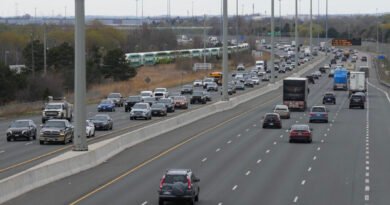Despite Federal Climate Programs, Carbon Emissions Continue to Rise
Canada’s carbon emissions are on the rise, despite several federal emissions reduction policies, as reported by a recent government report.
The report, initially obtained by Blacklock’s Reporter, attributed the increase in emissions to the rise in economic activities following the COVID-19 lockdowns. Greenhouse gas emissions have consistently increased since the pandemic’s end, reaching 708 million tonnes in 2022, the latest available data, representing a 9.3 million tonne increase from 2021.
Environment Minister Steven Guilbeault claims that Canada is “making steady progress.”
“We anticipated emissions rebounding,” stated Mr. Guilbeault. “We need collective efforts to reduce emissions fueling costly climate impacts.”
The report data indicate a significant emission drop in 2020, primarily due to COVID-19 restrictions rather than climate policies, a fact previously acknowledged by Mr. Guilbeault during a House of Commons committee hearing.
Statistics from the report show that since COVID-19 restrictions, transport emissions have “generally increased.” The transport sector, encompassing air traffic and road vehicles, stood as the largest source of greenhouse gas emissions in the country, totaling 196 million tonnes annually.
“The overall upward trend in road transportation emissions over time is mainly due to increased driving: more cars and trucks consuming more fuel and, hence, generating higher emissions,” as stated in the report.
The report’s findings seem contradictory to federal government claims that carbon tax is aiding in emission reductions in Canada.
The premiers of the provinces experiencing an overall emission decline testified in front of House of Commons committees earlier this year. The leaders of Alberta and Saskatchewan, advocating for a halt to the April 1 carbon tax, expressed their disapproval of carbon pricing as an emission reduction method.
Mr. Moe abolished the carbon tax on home heating earlier this year, stating its contribution to the province’s below-average inflation rate, well under the national 2.9 percent average.





